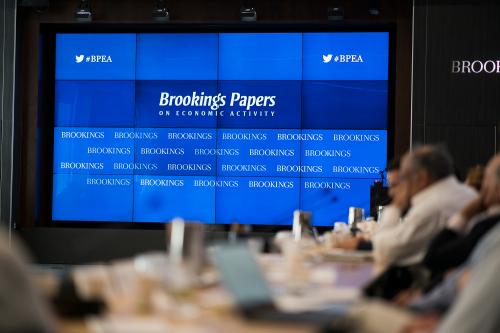Abstract
The literature on exchange markets conventionally defines the gap between the forward exchange rate and the expected future spot exchange rate as an “exchange risk premium.” Part I of this paper skeptically reviews existing interpretations of the exchange risk premium and then presents an alternative conceptual framework. Part II revisits the issue of how to model the determination of exchange rates in empirical macroeconomic models, focusing on the typical use of the uncovered interest parity condition combined with the assumption of model-consistent expectations.
The paper discusses why this treatment of exchange rates is inadequate and makes some suggestions for future research. Part III of the paper replicates some “standard” regressions, widely reported in the empirical literature, thought to have a bearing on whether the forward exchange rate is an unbiased predictor of the future spot rate, whether survey expectations produce unbiased predictions of actual changes in exchange rates, and whether a bias in the forward rate can be attributed to a time-varying risk premium. If the perspective in this paper is accepted, the conventional statistical literature has devoted excessive resources to estimation of these standard but not particularly revealing regressions. All three parts of this paper make use of empirical data on exchange rate expectations collected since 1985 by the Japan Center for International Finance.



